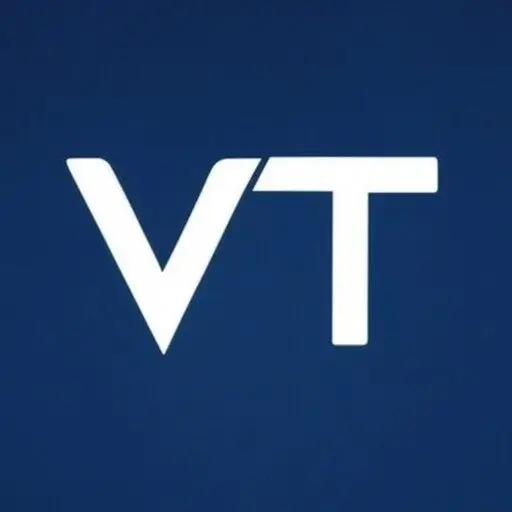Seoul
SOUL OF ASIA
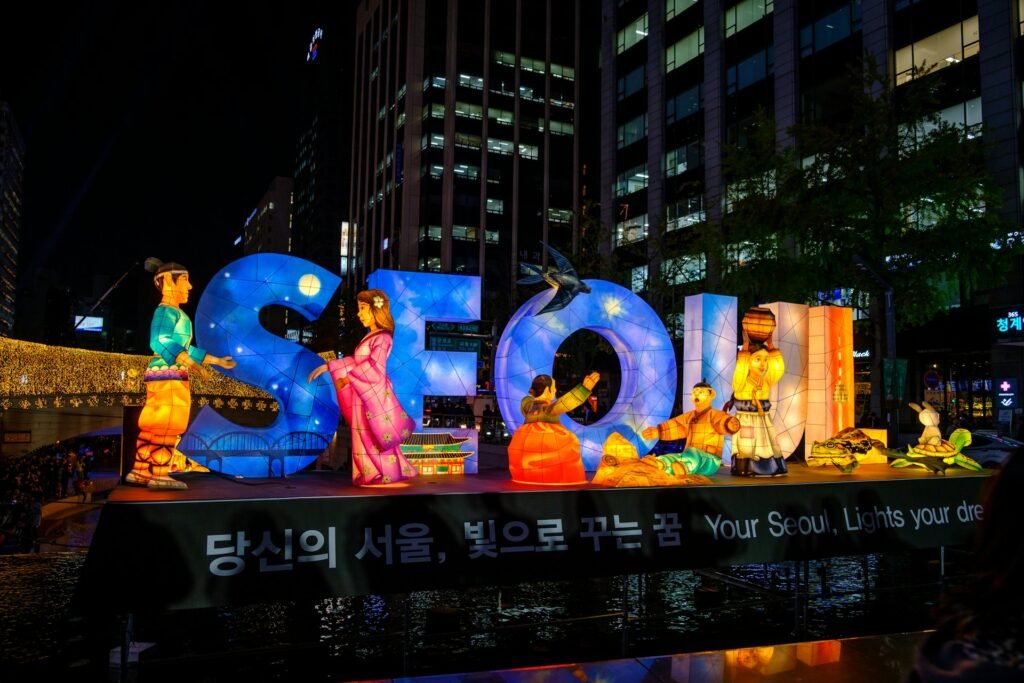
Seoul, South Korea’s vibrant capital, is a city where ancient traditions seamlessly blend with cutting-edge modernity. Wander through the historic Gyeongbokgung Palace, where you can watch the changing of the guard ceremony, then step into the bustling streets of Myeongdong for some world-class shopping and street food like tteokbokki (spicy rice cakes). With its efficient subway system, getting around is a breeze—whether you’re heading to the colorful hanbok-clad crowds at Bukchon Hanok Village or the panoramic views atop N Seoul Tower. The city buzzes with energy 24/7, offering a mix of K-pop culture, serene Buddhist temples, and neon-lit nightlife.
It helps keep this site running, and we appreciate your support!
Sightseeing
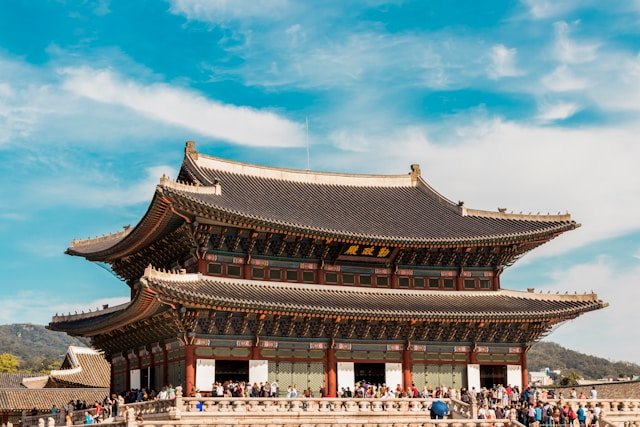
Gyeongbokgung Palace
Tucked in the heart of Seoul, this sprawling palace is the crown jewel of the Joseon Dynasty’s architectural legacy, built in 1395. Wandering through its grand gates and ornate halls, you’ll feel transported to a time when kings and queens roamed its courtyards. The Changing of the Guard ceremony, held daily, is a colorful spectacle of traditional uniforms and precise drills, while the serene Hyangwonjeong Pavilion, set over a lotus pond, offers a perfect photo op. Don’t miss the National Palace Museum nearby for deeper insights into royal life. If you visit in spring, cherry blossoms frame the palace’s tiled roofs, but even in winter, its snow-dusted grounds are magical. Rent a hanbok for a discounted entry and to blend into the historical vibe—locals and tourists alike love the immersive experience. It’s a must-see for history buffs and anyone craving a glimpse of Korea’s regal past.
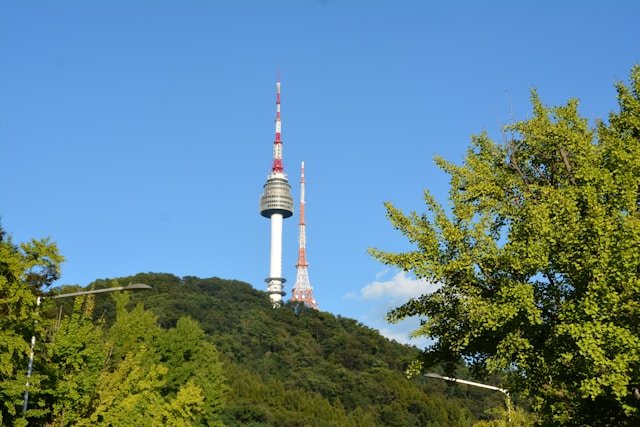
N Seoul Tower (Namsan Tower)
Located atop Namsan Mountain, this iconic 236-meter tower offers jaw-dropping panoramic views of Seoul’s sprawling skyline, especially at sunset when the city lights start to twinkle. A cable car ride up is scenic, but the hike through Namsan Park’s forested trails is rewarding if you’re up for it. Once at the top, the observation deck delivers 360-degree vistas, and on clear days, you can spot distant mountains. The tower’s also famous for its “love locks,” where couples attach padlocks to railings as a symbol of enduring romance—bring one if you’re feeling sentimental! The revolving restaurant serves decent meals with a view, though the real draw is the atmosphere. At night, the tower glows with colorful lights, making it a romantic or family-friendly stop. It’s quintessential Seoul, blending nature, culture, and a touch of kitsch.
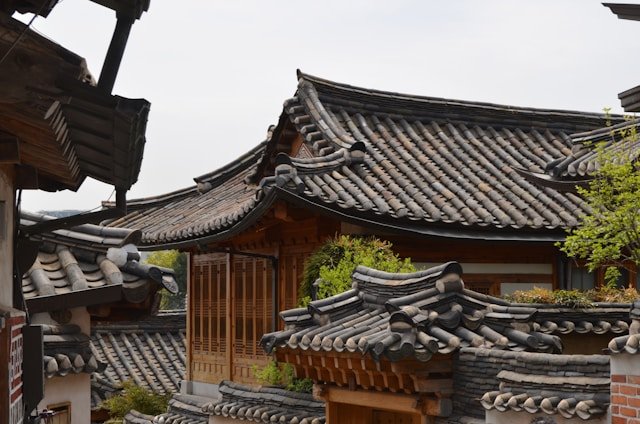
Bukchon Hanok Village
Nestled between Gyeongbokgung and Changdeokgung palaces, this charming neighborhood is a living museum of traditional Korean homes called hanoks, with their curved roofs and wooden frames. Strolling its narrow, hilly alleys feels like stepping into a Joseon-era painting, though many hanoks now house cafes, galleries, or guesthouses. Respect the signs asking for quiet—some residents still live here, and it’s not just a tourist set. Pop into a teahouse for a cup of omija tea or try a hanbok-wearing experience to snap Instagram-worthy shots. The village’s blend of old and new is quintessentially Seoul, with modern art studios tucked beside centuries-old architecture. Visit early in the morning to avoid crowds and catch the soft light illuminating the clay walls. It’s a serene escape from the city’s hustle, perfect for culture lovers.
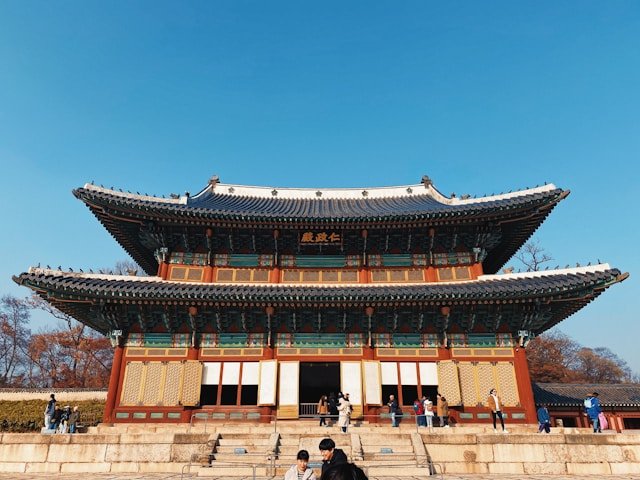
Changdeokgung Palace and Secret Garden
This UNESCO World Heritage Site, built in 1405, is a quieter, more intimate alternative to Gyeongbokgung, with its elegant buildings harmonizing with the natural landscape. The palace’s throne hall and royal quarters are stunning, but the real gem is the Huwon (Secret Garden), accessible only via guided tours. Spanning 78 acres, the garden feels like a hidden Eden with lotus ponds, pavilions, and ancient trees that shift dramatically with the seasons—autumn’s fiery foliage is a standout. The tour guides share fascinating stories of royal life, like how kings used the garden for private retreats. Book tickets online to secure a spot, as slots fill up fast. Its blend of architecture and nature makes it a favorite for those seeking beauty and tranquility in Seoul’s busy core.

Myeongdong Shopping District
If Seoul’s pulse beats anywhere, it’s in Myeongdong, a frenetic shopping haven where neon signs and street food stalls create a sensory overload. By day, it’s a paradise for skincare and fashion enthusiasts, with flagship stores for K-beauty brands like Etude House and Innisfree offering deals you won’t find elsewhere. As evening falls, the streets transform into a foodie’s dream—think sizzling odeng skewers, spicy tteokbokki, and fluffy egg bread from vendors. Bargaining isn’t common, but the prices are reasonable, and free samples abound. It’s also a great spot for people-watching, as buskers and locals add to the lively vibe. Don’t miss the Myeongdong Cathedral, a surprising Gothic oasis amid the chaos. Come with an empty stomach and a love for urban energy—it’s Seoul at its most electric.
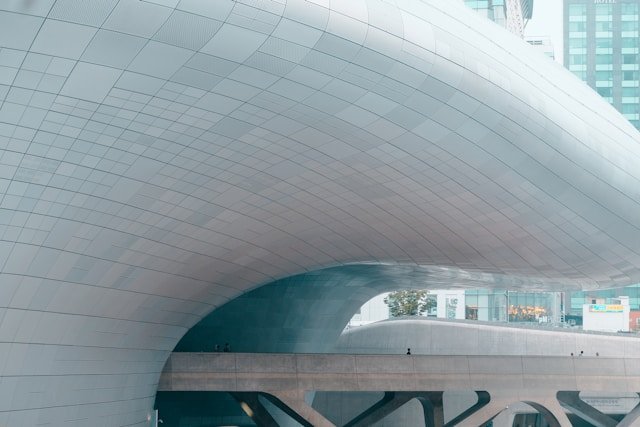
Dongdaemun Design Plaza (DDP)
A futuristic marvel designed by Zaha Hadid, this curvy, silver structure looks like a spaceship landed in central Seoul. Opened in 2014, it’s a hub for design and innovation, hosting fashion shows, exhibitions, and art installations. The exterior alone is worth a visit—its fluid lines glow dramatically at night, making it a photographer’s dream. Inside, explore the Design Museum or browse trendy boutiques in the underground arcade. The adjacent Dongdaemun Market, with its 24-hour fabric and clothing stalls, adds a gritty contrast to the DDP’s sleekness. If you’re lucky, you might catch a late-night fashion event or K-pop performance. It’s a testament to Seoul’s forward-thinking spirit, perfect for architecture nerds and night owls alike.
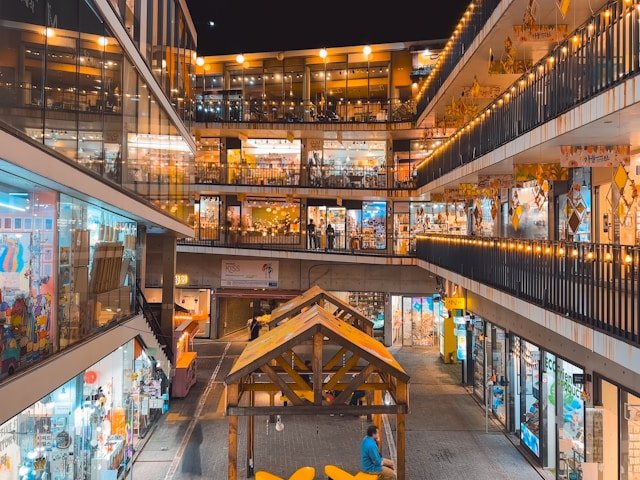
Insadong
This cultural enclave is Seoul’s go-to spot for traditional crafts, tea, and a taste of old Korea amid the modern city. Walking down its main street, you’ll find galleries selling calligraphy brushes, hanji paper goods, and ceramic teapots, alongside quirky souvenir shops. Stop at a traditional teahouse like Dawon for a calming bowl of jujube tea, or try bibimbap at a cozy restaurant tucked in an alley. The area’s also home to Ssamziegil, a spiral-shaped complex with indie boutiques and rooftop views. Street performers and occasional festivals add a festive touch, especially on weekends. It’s less hectic than Myeongdong but just as rich in character, making it ideal for travelers seeking authentic Korean souvenirs or a relaxed afternoon of exploration.
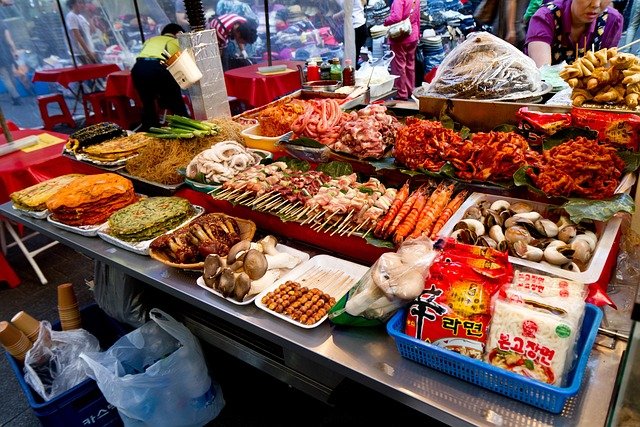
Namdaemun Market
Dating back to 1414, this sprawling open-air market is Seoul’s oldest and largest, a chaotic maze of stalls selling everything from ginseng to knockoff sneakers. Open 24 hours (though some vendors close Sundays), it’s a microcosm of Korean commerce where you can haggle for deals on clothes, kitchenware, or dried seaweed. The food alleys are legendary—slurp up kalguksu (hand-cut noodle soup) or grab a hotteok (sweet pancake) from a cart. Unlike touristy spots, Namdaemun feels raw and local, with vendors bantering and delivery scooters zipping through. The nearby Namdaemun Gate, a restored Joseon-era landmark, adds historical heft. Bring cash, comfortable shoes, and a sense of adventure—it’s a treasure hunt for bargain hunters and food lovers.
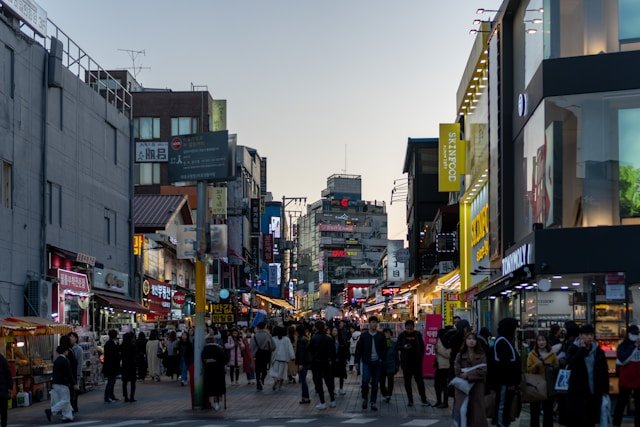
Hongdae
Short for Hongik University, this youthful district is Seoul’s creative epicenter, bursting with street art, indie music, and K-pop energy. By day, explore quirky cafes (like a raccoon petting zoo or a Harry Potter-themed spot) and browse handmade jewelry from street vendors. At night, Hongdae transforms into a nightlife hub—think live busking performances, karaoke bars, and clubs pumping out the latest hits. It’s also a foodie haven, with affordable eats like spicy fried chicken and bingsu (shaved ice dessert). The vibe is artsy and free-spirited, with murals and graffiti adding color to every corner. If you’re into K-pop, check out dance studios or pop-up events tied to nearby agencies. Hongdae’s a magnet for younger travelers craving Seoul’s trendiest pulse.
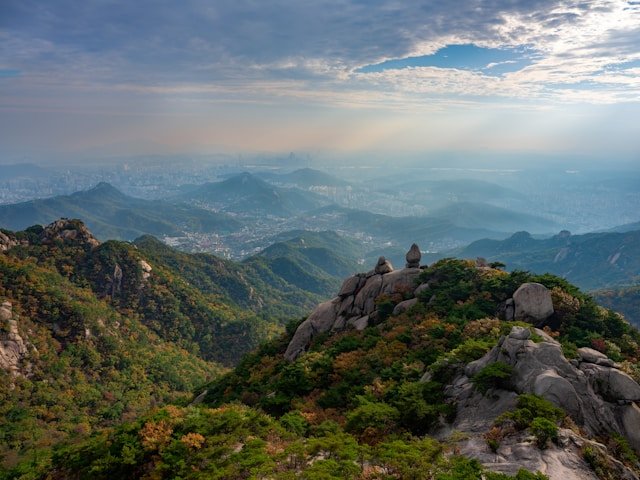
Bukhansan National Park
Just a subway ride from downtown, this rugged national park offers a surprising escape into nature, with granite peaks and forested trails that feel worlds away from Seoul’s urban sprawl. The Baegundae Peak trail, the park’s highest at 837 meters, rewards hikers with sweeping city views—on clear days, you can even spot N Seoul Tower. Easier paths, like the Bukhansan Dulle-gil, wind past streams and Buddhist temples, offering a gentler trek. The park’s dotted with historical sites, like Bukhansanseong Fortress, built to fend off invaders. Spring and fall are ideal for hiking, with azaleas or golden leaves stealing the show. Wear sturdy shoes and pack water, as some trails are steep. It’s a refreshing contrast to Seoul’s concrete jungle, perfect for adventurers or anyone needing a breather.
Flights
Hotels
Nestled right in the heart of Myeongdong, this hotel earns praise for its unbeatable location, just steps from the subway and surrounded by shopping and dining galore. Guests rave about the spotless, modern rooms with comfy beds and thoughtful touches like high-quality toiletries. The staff’s warm hospitality and fluency in English make check-ins a breeze, while the breakfast buffet—loaded with Korean and Western options—gets consistent thumbs
Sitting in the bustling Myeongdong area, this hotel blends luxury with accessibility, winning over guests with its sleek, spacious rooms and stunning city views. Reviewers can’t stop talking about the impeccable service—staff go out of their way to assist, often anticipating needs before you ask. The on-site dining options, from Korean delicacies to international fare, are a highlight, and the fitness center and sauna offer a perfect unwind after exploring. Its proximity to major sights like Gyeongbokgung Palace and Namdaemun Market makes it a dream base for sightseers. With a reputation for consistency and a touch of elegance, it’s a standout choice for a memorable stay.
Inspired by cinema, this boutique gem in Myeongdong charms guests with its stylish, movie-themed decor and cozy, well-designed rooms. Travelers love the personalized service—staff are attentive and quick to share local tips, making you feel right at home. The rooftop terrace offers a serene escape with views of Namsan Tower, while the free minibar and high-end bath products add a luxe touch. Its central location means you’re minutes from street food stalls and shopping, yet the vibe inside remains calm and intimate. Reviewers call it a hidden treasure for its unique flair and top-notch hospitality.
Located near Gongdeok Station, this hotel impresses with its sleek, minimalist design and prime access to multiple subway lines, connecting you effortlessly to Seoul’s hotspots. Guests praise the spotlessly clean rooms, comfy beds, and quiet ambiance—perfect for recharging after a busy day. The staff’s professionalism and helpfulness shine through, often assisting with directions or bookings. A solid breakfast spread and a fitness room round out the perks, while nearby eateries and convenience stores keep things practical. It’s a favorite for those who value modern simplicity and stellar transit links.
Perched in the Yeouido business district, this hotel wins fans with its spacious, contemporary rooms and stellar views of the Han River or city skyline. Guests highlight the exceptional staff—friendly, efficient, and always ready to help with a smile. The on-site restaurants serve up tasty Korean and Western dishes, and the 24-hour gym and business facilities cater to both leisure and work travelers. Its location near Yeouido Park and the subway makes it easy to explore or unwind, while the overall vibe strikes a balance of comfort and polish. Reviewers love it for its blend of convenience and quality.
Essential Tips for Visiting Seoul
Diving into Seoul with a few Korean phrases under your belt can transform your trip—locals genuinely appreciate the effort, even if it’s just “annyeonghaseyo” (hello) or “kamsahamnida” (thank you). English isn’t as widely spoken outside tourist hubs, so downloading a translation app like Papago or Google Translate with offline mode is a lifesaver for menus, signs, or quick chats. Many places have English signage, but don’t count on it everywhere—having a pen and paper for pointing or drawing can bridge gaps too. Embrace the learning curve; it’s a fun way to connect and navigate hiccups with a smile.
Embracing Cash and Card Culture
Navigating Seoul’s payment scene means keeping both cash and cards handy—while credit cards are king at hotels and big stores, street vendors and small eateries often prefer Korean won, especially coins for quick bites. ATMs at convenience stores like 7-Eleven or banks (look for “global” ones) accept foreign cards, but fees can add up, so withdraw larger amounts less often. T-money cards for transit double as payment at some shops, a neat bonus. Always have a small stash of cash (say, 10,000-20,000 won) for markets or spontaneous snacks—it’s the Seoul way.
Respecting Local Etiquette
Blending into Seoul’s polite culture starts with small gestures—bow slightly when greeting or thanking someone, and use both hands to give or receive items, like money or a business card, to show respect. Public spaces are sacred here; keep your voice low, avoid phone calls on buses, and never cut in line (Koreans take queuing seriously). Tipping isn’t a thing—service is built into the price—so don’t leave extra cash unless it’s a rare spot that suggests it. Watch locals and mimic their moves; it’s a crash course in courtesy that’ll earn you nods of approval.
Packing Smart for Convenience
Traveling light but clever is key in Seoul—bring comfy slip-on shoes since you’ll remove them at temples, traditional restaurants, or guesthouses (socks with no holes are a must!). A portable charger is non-negotiable; with all the photo ops and map-checking, your phone will drain fast. Toss in a reusable bag for shopping—plastic bags aren’t always free—and a small umbrella for unexpected drizzle. Outlets use 220V with round-pin plugs (Type C or F), so grab an adapter if your gear’s different. Pack with Seoul’s on-the-go vibe in mind; you’ll thank yourself mid-adventure.
Navigating Seoul’s Transportation
Finding the Best Time to Visit
Visiting Seoul from late March to early May means stepping into a pastel wonderland as cherry blossoms blanket the city, peaking around early April—think Yeouido Park or Gyeongbokgung Palace drenched in pink. Temperatures hover between 50-70°F (10-20°C), perfect for strolling without sweating or shivering, and the air buzzes with festivals like the Yeouido Spring Flower Festival. Crowds swell at bloom hotspots, so book hotels early and hit sites at dawn to dodge the rush. Rain’s light but possible, so a compact umbrella’s your friend. It’s Seoul at its prettiest, a sweet spot for nature lovers and photographers craving that iconic Korean spring vibe.
Landing in Seoul from September to November unlocks a crisp, colorful escape, with leaves turning fiery red and gold by mid-October—Bukhansan National Park and Namsan Tower become living canvases. Days are mild at 50-65°F (10-18°C), ideal for hiking or sipping tea in Insadong, while nights dip cooler, so pack a light jacket. The Chuseok harvest festival might pop up (dates shift), offering cultural treats like songpyeon (rice cakes), though some shops close briefly. Fewer tourists than spring mean easier breathing room at palaces and markets. It’s a golden window for crisp air and Seoul’s autumnal glow.
Summer’s Lively Heat
Diving into Seoul from June to August brings steamy days averaging 75-85°F (24-29°C), often muggy with monsoon rains peaking in July—think sudden downpours, so waterproof gear is a must. It’s less crowded at indoor spots like museums or malls, and nightlife in Hongdae thrives with open-air energy. Festivals like the Boryeong Mud Festival (a short trip away) or Seoul’s own summer events add a playful twist. Humidity can tire you out, but cheap iced coffee and bingsu (shaved ice) keep you cool. It’s a bold pick for those who love a sweaty, vibrant urban pulse.
Winter’s Cozy Chill
Touching down from December to February wraps you in Seoul’s frosty charm, with temps dropping to 20-35°F (-6 to 2°C)—snow dusts palaces and mountains, turning Bukhansan into a skier’s playground. Indoor heating’s fierce, so layer up for the cold snaps outside; think scarves and gloves. New Year’s fireworks at Lotte World Tower or ice skating at Seoul Plaza bring festive cheer, and crowds thin out, slashing hotel rates. Hot street food like tteokbokki warms your soul, though icy winds bite on longer walks. It’s a quiet, budget-friendly gem for winter enthusiasts.
Value Index
Seoul offers solid value for tourists with its affordable transit and food. Subways and buses cost $1-2 per ride, while street eats like tteokbokki are $2-5 and meals average $10-15—cheaper than many global cities. Sights like Gyeongbokgung ($2.50) and free spots like Bukchon keep costs low, with hostels at $15-20 and mid-range hotels $50-80.
